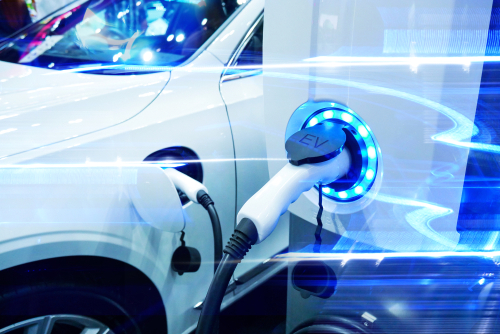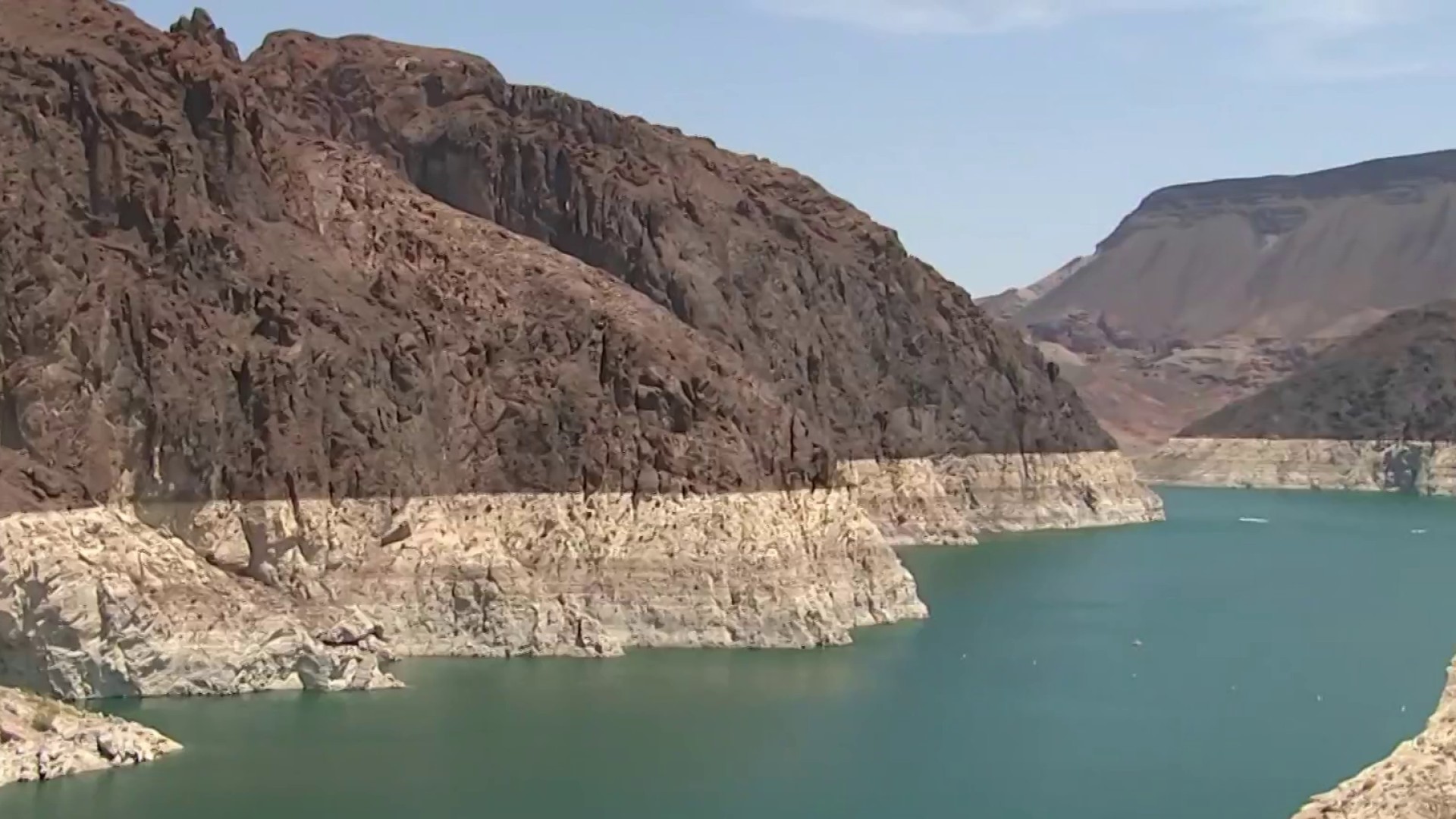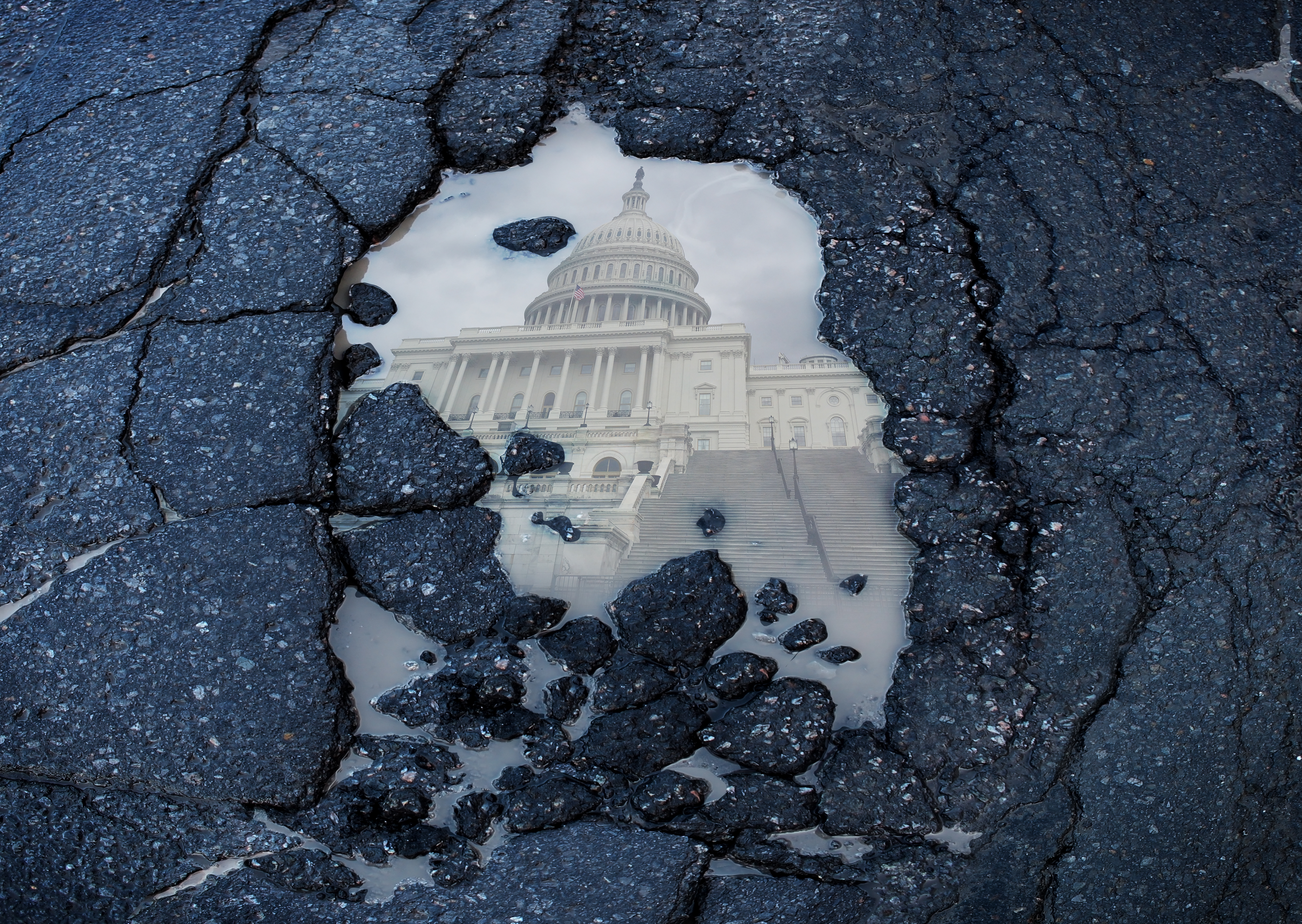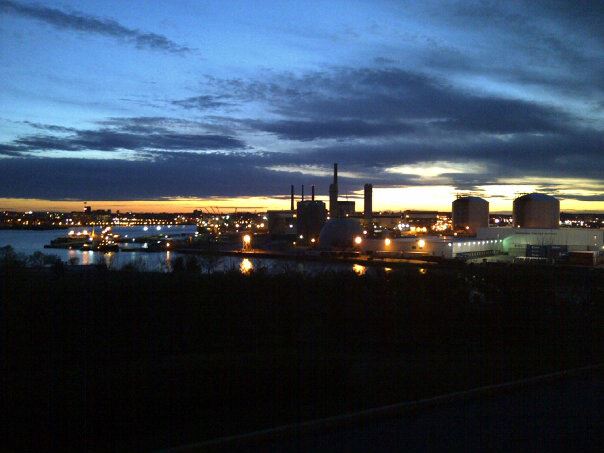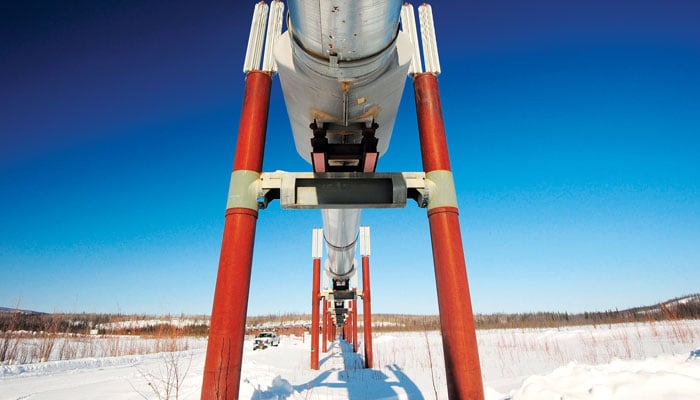ESG & Industry Updates
Infrastructure Bill EV Charging Stations Slow to Start
Posted by Kelly Burke on Apr 18, 2024 7:45:00 AM
Topics: EV Charger, Energy Infrastructure, tesla
Over 70% of the American West, Southwest and Northern Plains has been categorized as a D3 (severe) drought or higher since June. In October, the US Bureau of Reclamation issued its 5 year projections for the Colorado River, which serves 40 million people in the American West. Projections help management consultants better plan for future demands and determine allocations appropriately based on the data.
Topics: Energy Infrastructure, Climate Change, hydro-electric
Slimmed Down Biden Infrastructure Bill Clears House
Posted by Kelly Burke on Nov 8, 2021 12:07:44 PM
This past Friday, November 5th, the House passed a $1.2 trillion dollar infrastructure bill after weeks of legislative infighting, primarily between progressive Democratic members and their more centrist colleagues, in addition to the given squabbling across party lines.
Infrastructure & Jobs Bill clears Senate, faces Hurdles in the House
Posted by Kelly Burke on Aug 11, 2021 11:43:09 AM
The Biden Administration's 1 trillion dollar Infrastructure Package, the "Infrastructure Investment and Jobs Act" passed the Senate on Tuesday, with a voting margin of 69-30, meaning the passage was far more bipartisan than we are used to seeing as of late.
Topics: Energy Infrastructure, Climate Change, Biden Administration
New England has some of the highest utility rates in the country, and a fuel-constrained infrastructure. Now the area is again looking at potentially losing two major energy sources simultaneously.
Topics: Utility Rates, Energy Infrastructure
Energy Infrastructure is one of the topics essentially absent from the Congressional agenda at the moment, with the exception of continuing efforts to pass a Keystone XL bill. As you recall, the last bill successfully passed the House and Senate, only to be vetoed by President. It ultimately died in the Senate where it lacked the votes to override said veto.
Topics: Oil & Energy Magazine, Energy Infrastructure, Congress
Today, the bill to approve the construction of the the Keystone XL pipeline hits the Senate, after the House approved Cassidy's legislation by 252-161 on Friday.
Topics: Energy Independence, Keystone XL, Energy Infrastructure, TransCanada, senate

Tuesday the House passed bipartisan legislation to speed up the approval process for cross-border energy projects (ie Keystone XL), despite a promised veto from President Obama. The bill is known as the “North American Energy Infrastructure Act”, featuring 12 Republican and 8 Democratic co-sponsors. If it passed the Senate, it would establish by law that projects be granted or denied approval within 120 days of the Environmental Impact Study, and more significantly, it would remove the need for Presidential Approval.
Technically the bill doesn’t apply to Keystone XL, because the applications and environmental impact studies are already completed for that proposed project. However, that’s obviously the most glaring example of the need to speed up the process, and probably the impetus for the bill’s submission in the first place. In theory, TransCanada could resubmit their application and be subject to the speedier process. (A motion to prevent TransCanada from resubmitting should the bill pass was handily shut down by a wide margin.)
Topics: Energy Independence, Keystone XL, Energy Infrastructure, Congress, TransCanada, Environmental Impact Study
Subscribe to Email Updates
Recent Posts
Posts by Topic
- Carbon Emissions (42)
- Climate Change (32)
- renewable energy (31)
- Oil & Energy Magazine (27)
- EPA (24)
- Massachusetts (21)
- Biden Administration (18)
- decarbonization (15)
- Biodiesel (12)
- natural gas (12)
- EPA Mandate (11)
- RFS (11)
- Solar (11)
- Biofuels (10)
- Keystone XL (10)
- methane (10)
- offshore wind (9)
- Clean Energy (8)
- Energy Independence (8)
- Energy Infrastructure (8)
- Safety (8)
- Biodiesel Tax Credit (7)
- Emissions (7)
- Ethanol (7)
- ev (7)
- Cellulosic Ethanol (6)
- EV Charger (6)
- RINs (6)
- Trump Administration (6)
- environmental justice (6)
- Fracking (5)
- Inflation Reduction Act (5)
- Technology (5)
- US Crude Exports (5)
- electric vehicles (5)
- maine (5)
- tesla (5)
- ACT (4)
- Mass DOER (4)
- TransCanada (4)
- Utility Rates (4)
- battery (4)
- fuel management (4)
- massachusetts biodiesel mandate (4)
- obama (4)
- paris accord (4)
- remote tank monitoring (4)
- CARB (3)
- CRUDE (3)
- Carbon Capture (3)
- Clean Fuel Production Credit (3)
- E85 (3)
- Emergency Fuel (3)
- Massachusetts Clean Cities (3)
- Waste Feedstock Biodiesel (3)
- china (3)
- clean power plan (3)
- net-zero (3)
- renewable diesel (3)
- solid state battery (3)
- AI (2)
- AVs (2)
- Bioheat (2)
- Commodities (2)
- Congress (2)
- Customer Service (2)
- DOT (2)
- EIA (2)
- Emergency Generator Program (2)
- HFCs (2)
- Hurricane Sandy (2)
- IMO 2020 (2)
- MIT (2)
- Marinas (2)
- New York (2)
- Refinery Closures (2)
- Safe Driving Policy (2)
- TCI (2)
- US Energy Boom (2)
- ZEV (2)
- autonomous vehicles (2)
- clean air act (2)
- coal (2)
- driver shortage (2)
- electricity rates (2)
- emergency response (2)
- environment (2)
- ferc (2)
- geothermal (2)
- hydro-electric (2)
- hydrogen (2)
- national grid (2)
- net metering (2)
- power plant emissions (2)
- railcar regulations (2)
- tariff (2)
- vineyard wind (2)
- API (1)
- Air conditioning (1)
- Baiji Refinery (1)
- Blend Wall (1)
- Brent Crude (1)
- Brent vs WTI (1)
- CFCs (1)
- Cell Phone Policy (1)
- Clean Water Act (1)
- DEF (1)
- Election Results (1)
- Electrical Grid (1)
- Energy Efficiency (1)
- Environmental Impact Study (1)
- Environmentally Friendly Products (1)
- Ethanol Tax Credit (1)
- FEMA (1)
- Fiscal Cliff (1)
- Gas Tax (1)
- Gasoline Supply Crunch (1)
- HDVC (1)
- Hazmat (1)
- Heat Tax (1)
- Highway Trust Fund (1)
- Holyoke (1)
- Hybrid (1)
- ISIS (1)
- Iraq (1)
- Kigali Amendment (1)
- MOC (1)
- Market analysis (1)
- Mayflower (1)
- Montreal Protocol (1)
- NORA (1)
- Natural Gas Pipeline Explosion (1)
- New Jersey (1)
- Oil Barrel Tax (1)
- PFC (1)
- Pegasus Pipeline (1)
- Propane Autogas (1)
- Stimulus (1)
- Syria (1)
- Tank Truck Safety Training (1)
- Tax Increases (1)
- Tier 3 Gasoline Standard (1)
- Times Square (1)
- VEEP (1)
- Workplace Risk (1)
- agriculture (1)
- algonquin pipeline (1)
- alternative energy (1)
- altwheels (1)
- astm (1)
- bionic leaf (1)
- bitcoin (1)
- boston (1)
- clean heat standard (1)
- covid-19 (1)
- energy storage (1)
- eversource (1)
- export ban (1)
- fixed pricing (1)
- fuel (1)
- fuel efficiency (1)
- fuel marketers news (1)
- gas leaks (1)
- heating oil (1)
- hurricane harvey (1)
- inflation (1)
- irving oil (1)
- marketing (1)
- nuclear (1)
- online fuel buying (1)
- ozone (1)
- photovoltaic (1)
- pilot program (1)
- pipeline (1)
- power plants (1)
- propane (1)
- renewable natural gas (1)
- russia (1)
- sanctions (1)
- senate (1)
- shale (1)
- social media (1)
- social media for business (1)
- space (1)
- tablets (1)
- tennessee pipeline (1)
- ukraine, (1)
- value added services (1)

